
The Illustrated Sydney News, is a colonial newspaper that, during the 19th century, would provide news features and articles on the progress of various townships and cities across New South Wales.
In some cases these features were accompanied with a spectacular engraving or lithograph.
HOW WERE THEY MADE?
What fascinates us, is besides the wonderful detail, is how it was done? The perspective appears to be in the sky, but how did the artist accomplish the task? Was it by hot air balloon? Imagination? Or a mixture of both?
This image, and the various details, was scanned from the microfilm of the Illustrated Sydney News. The story that accompanied the image entitled “Newcastle N.S.W.: The Port of the North” on pages 12-13 is reproduced below.
NEWCASTLE, N.S.W.:
The Port of the North.
SOME parts of history, they say, are ‘written in blood,’ but Newcastle can happily say for itself that the peaceful history of its extraordinary rise has been ‘written in coal,’ for from the day of its discovery, in 1797, when Lieut. Shortland found the black lumps on the banks of the Hunter, until the year of our Lord 1887, when Newcastle exported two million and a quarter tons, coal has been the beginning and end of its story.
It could hardly have had a foundation on anything more enduringly valuable in this age of steam, for since the colony began to need steamships for the conveyance of its people and its goods, the incalculable value of the Newcastle coalfields has become more and more apparent. Indeed, the prosperity of New South Wales could hardly have advanced so fast had Newcastle not been able to supply the very raw material of propulsion in exhaustless quantities ; for a good coalfield is a magnet whose seductiveness is irresistible to shipping, and in the wake of the shipping swim benefits direct and indirect without number. The prosperity of Newcastle is indeed founded on a rock – the best kind of rock – a rock with a black seam in it, and to write the narrative of Newcastle’s rapid expansion is merely to say so many more tons raised this year, therefore so many more people, so much more shipping, so much more wealth, so many more houses. Not that coal is all that Newcastle now-a-days deals in, for it has long shaken off submission to the capital city, and sends its vessels and its wool direct.
Newcastle is the, natural seaport of the North, and to it down the channel of the Great Northern Railway runs the produce of the finest districts in New South Wales. It has even now a considerable number of factories, and as the colony grows, more and more are likely to cluster about the collieries, on the propinquity of which their success is dependent. At any rate, so long as the age of steam lasts, Newcastle will be in the front of the colony’s reputation, for it is estimated that there is coal enough in those seams which are now being worked to last, at the present rate of consumption, for over 500 years, leaving out of the estimate all the new mines continually being opened and the immense deposits as yet untouched.
It is superfluous to describe at any length the features of the city, since the bird’s-eye view, which is issued as a Special Supplement with this number, gives a faithful picture of them. Though its reputation as the coaling depot of the Southern Hemisphere requires that in all conversational reference it should be alluded to as ‘the coaly city,’ Newcastle is by no means begrimed or uninteresting. Entering it by way of the railway it looks its worst, but seen from vantage points it is both picturesque and memorable. Nobby’s Head and the breakwater form a protecting arm which shelters the mass of snipping from a generally seething ocean, and round the five miles of wharfage lie vessels of all sizes receiving cargo. At the waterside, and on the flat, all the business goes on, while on the hill-side, houses tier above tier overlook the hubbub.
There are many fine blocks of building in Hunter-street, and the city has all those public edifices – town hall, churches, schools, etc. which, being inevitable to a prosperous city of 25,000 people, need not be separately enumerated.
The city is well laid out and well paved. It is lighted by gas, and boasts a good water supply.
We may now proceed in a rather more exact and statistical way to examine the details of Newcastle’s expansion during the seventy-five years of its existence.
EARLY DAYS.
In September, 1797, Lieut. Shortland, while on an expedition to Port Stephens in search of runaway convicts discovered the mouth of the Hunter River. Finding coal on the banks of the stream he dubbed it Coal River; but it was subsequently re-christened in honour of the new Governor, Governor Hunter.
The names of our illustrious dead have also been preserved to an otherwise oblivious age in the Williams and Patterson tributaries to the Hunter, these rivers being honoured by a division amongst them of the name of Lieut. – Col. William Patterson, who was at that time Lieut. – Governor.
The first settlement was established at Newcastle in 1804, but it was chiefly a convict station, Nobby’s Island being used as a place of punishment for refractory women. The chief relics of this early period now standing in Newcastle, are the Post Office in Watt-street, built in 1821, and the old cathedral, which dates from 1817: The latter was built by direction of Governor Macquarie, and is one of the oldest places of worship in the colonies. It will have, however, very shortly to come down, and yield place to a more modern structure.
COAL,
for in 1827 the Government, who had hitherto retained the right to work the coal, transferred this privilege to the Australian Agricultural Company. This company formed chiefly by London capital-obtained from Earl Bathurst the exclusive right of raising and dealing in coal, and as they obtained this privilege along with all the appliances and machinery, and a large area or land on very easy terms, they soon found themselves in possession of an extremely profitable monopoly. They gave, however, a fillip to the trade by sinking a shaft in the hill and building the necessary jetties, communication between the pit and the water-side being by an inclined plane and a wooden bridge, which crossed the road (now Hunter-street) near the present iron bridge. In spite of this there was, until 1845, only one mine and one shoot at work, while now there are over forty seams, varying thickness from five to twelve feet, being worked in Newcastle and the immediate neighbourhood, and thirteen hydraulic cranes, two steam cranes, and four shoots, permit the loading of 70,000 tons weekly.
There are people still living who remember the primitive method of loading coal when the carting from the mine was done by means of wheelbarrows, and no baskets holding more than 100lbs. were permitted to be used; to-day the appliances for loading coal are unsurpassed.
The monopoly held by the A. A. Company was broken about the year 1852 by an action in the Supreme Court, and the number of mines immediately began to increase. The ‘Wallsend’ delivered coal in 1861, and the ‘New Lambton’ Colliery was opened in 1868. The proprietors of the latter, Messrs. J. and A. Brown – now owners of the Duckenfield Collieries, were the founders of the export trade, of which they still do a large share.
Thus the industry grew, and the one mine and the one shoot is to-day represented by mines employing 6,000 men, and by the most modern and expeditious appliances known to engineers for the rapid loading of Newcastle’s staple export.
The earliest available figures are those of 1849, when 48,500 tons of coal were raised : the trade which has grown in the forty years which have elapsed since then demands an output of more than fifty times as much, or two and a quarter million tons ; yet this extraordinary increase is nothing to the probabilities of the city’s future. With the inevitable expansion of the colonies the demand will necessarily increase, and the workable coal deposits in the district are practically unlimited. With a market which includes all the Australasian colonies, and China and America, a huge, but steady and continuous expansion may be looked for. Fresh collieries are opening each year, and large amounts of capital are being invested in mines, so that we may fairly anticipate that the annual export will very soon exceed three million tons, in addition to the consumption in New South Wales.
THE HARBOUR AND SHIPPING.
By the connection of Nobby’s Head with the mainland, and the extension of the breakwater also on the seaward side of the Head, a good safe enclosed harbour has been secured ; but unfortunately, owing to the immense quantity of sediment brought down by the Hunter River, dredging operations have to be continually kept up. Powerful dredges are, however, always at work deepening and clearing the channels and wharf frontages, and vessels drawing 23ft. can be safely handled. A fleet of tugs is constantly employed towing vessels to and from their moorings, and there are always in the harbour a large number of merchant ships and steamers, as the following statistics show :- The number of vessels entering the port during 1887 was 1374 with an aggregate tonnage of 1,261,841 the departures being 1335 of 1,097,382 tons. This is a wonderful record for a port of such recent growth, and those prophets who claim that Newcastle will, in Australia’s great future, hold the place of chief shipping port in the continent are not prophesying without good grounds. The Government has done an immense amount of work to improve the port, and spent upwards of £900,000 on wharves, dredging, etc. They now reap a full benefit from this judicious expenditure, the revenue collected during the year 1888 having reached £126,036 7s. 9d. The value of coal exported was nearly £1,000,000, but with coal, wool, and sundries the figures are £1,927,000. During the same period the direct imports amounted to £758,092.
WOOL.
Though Newcastle has made its reputation as a coaling port the shipping of wool has been rapidly increasing, and bids fair to become a formidable rival. While the coal trade developed itself so rapidly, the shipment of wool and other produce could not have been a very complex question, and it seems remarkable that the project of direct shipment remained so long in abeyance. However, in 1883, a scheme of direct shipment was inaugurated by Dalgety and Co., Limited; the country was successfully canvassed, and a large amount of support promised, the growers of wool quickly appreciating the advantages offered by a system of direct shipments. Large dumping stores were erected adjoining the wharf and connected by private siding with the railway, where wool could be received and shipped at far less expense than hitherto, at the same time avoiding the knocking about incidental to numerous handlings. The industry has been the means of inducing splendid steamers to visit the port, and of employing a large amount of labour, causing a considerable sum of money to be spent in the place in wages, etc., which formerly went to Sydney, The large increase in the quantity of wool which has been sent to Newcastle recently has brought the north and north-western districts of the colony into prominent notice, and the time is not far distant when all, or nearly all, the wool and other produce of these rich and important parts of New South Wales will be consigned to Newcastle for sale or shipment. Railways are an important factor in the wool trade, as much depends on its speedy, certain, and safe conveyance. The total area of land held under pastoral leases is about 124,000,000 of acres, one-third of which is situated in the non li and north-western districts. The lessees who are in occupation of this magnificent portion of the colony are large producers, and cannot fail to recognise the immense privileges they enjoy by being placed in direct communication with Newcastle, continually designated from its natural position as the shipping port of the North, but which now,, with its unparalled shipping facilities, may fairly be termed its’ emporium.’ Wool sales are now carried on with great regularity and success, and a wool scouring establishment has been started during the last two years, at which over 10,000 bales of wool have already been scoured. Lately Messrs. Dalgetty and Co. have started a large wool-scouring establishment at Maitland, which bids fair to be very successful, the business steadily increasing. A glance at the figures denoting the quantity of wool exported from the colony and its value, will show the important part the pastoral interest plays in its general progress, and affords a strong reason why it should be fostered. Although the pioneer company met with considerable opposition from Sydney, the industry of dumping wool and making Newcastle the port of shipment from the northern districts of New South Wales was fairly established. Since inauguration, five years ago, upward of 250,000 bales have been shipped direct to Europe, and last year the exports were 66,095 bales.
Amongst the industries in and around Newcastle may be mentioned copper smelting works, shipbuilding yards, steam biscuit factories, breweries, carriage, factories foundries and engineering establishments etc, etc. It will thus be seen from the slight summary here given that, as far a natural advantages, aided by the most modern mechanical appliances, are factor in the making of a great city, Newcastle is amply provided. It now only remains for its citizens to put their shoulders to the wheel, and, by energy and pluck, make Newcastle not only the second city in New South Wales, but one of the leading cities of the Australian Continent.
MICROFILM SCANS
ILLUSTRATIONS & TEXT


SAMPLE DETAILS


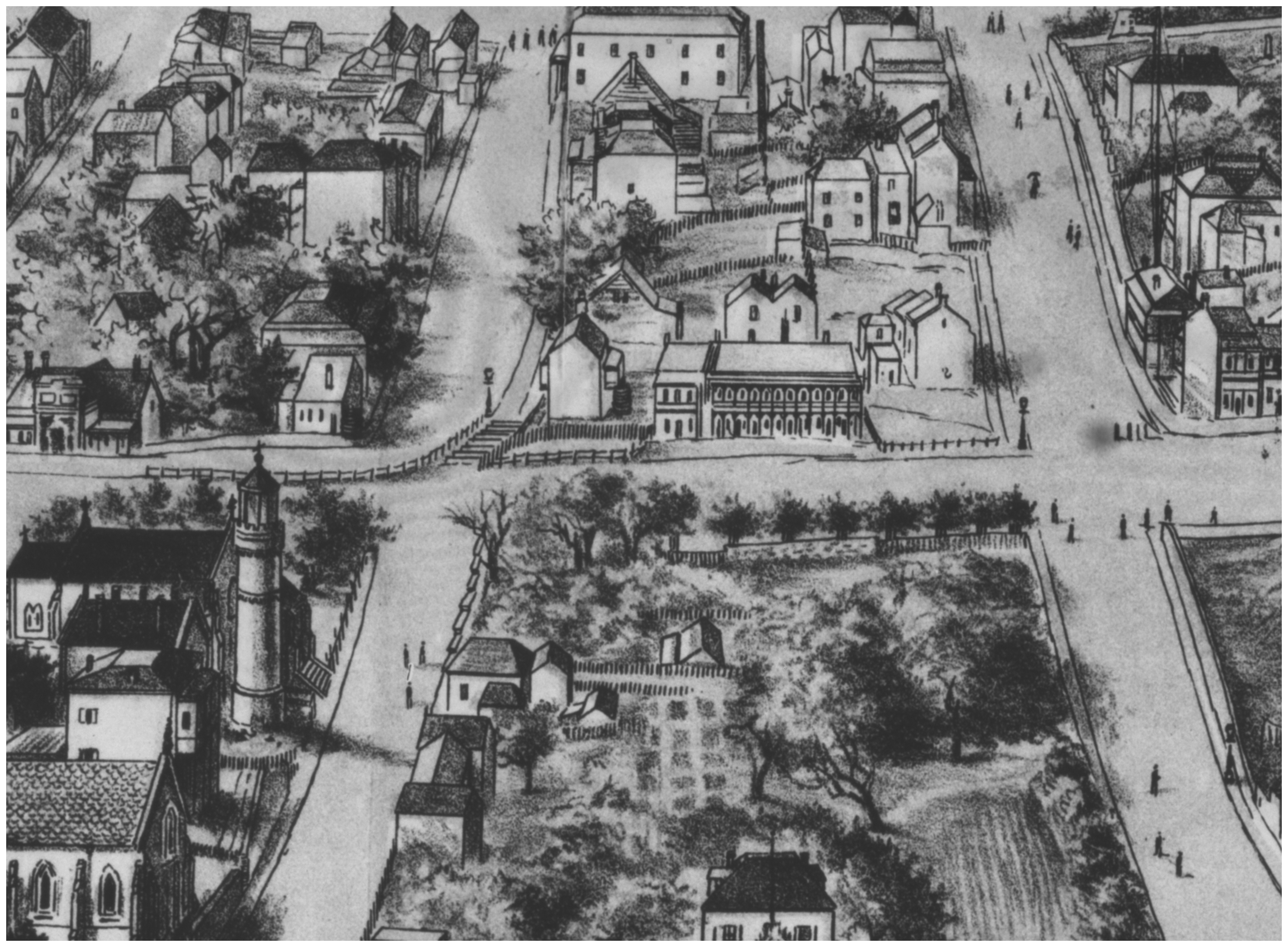







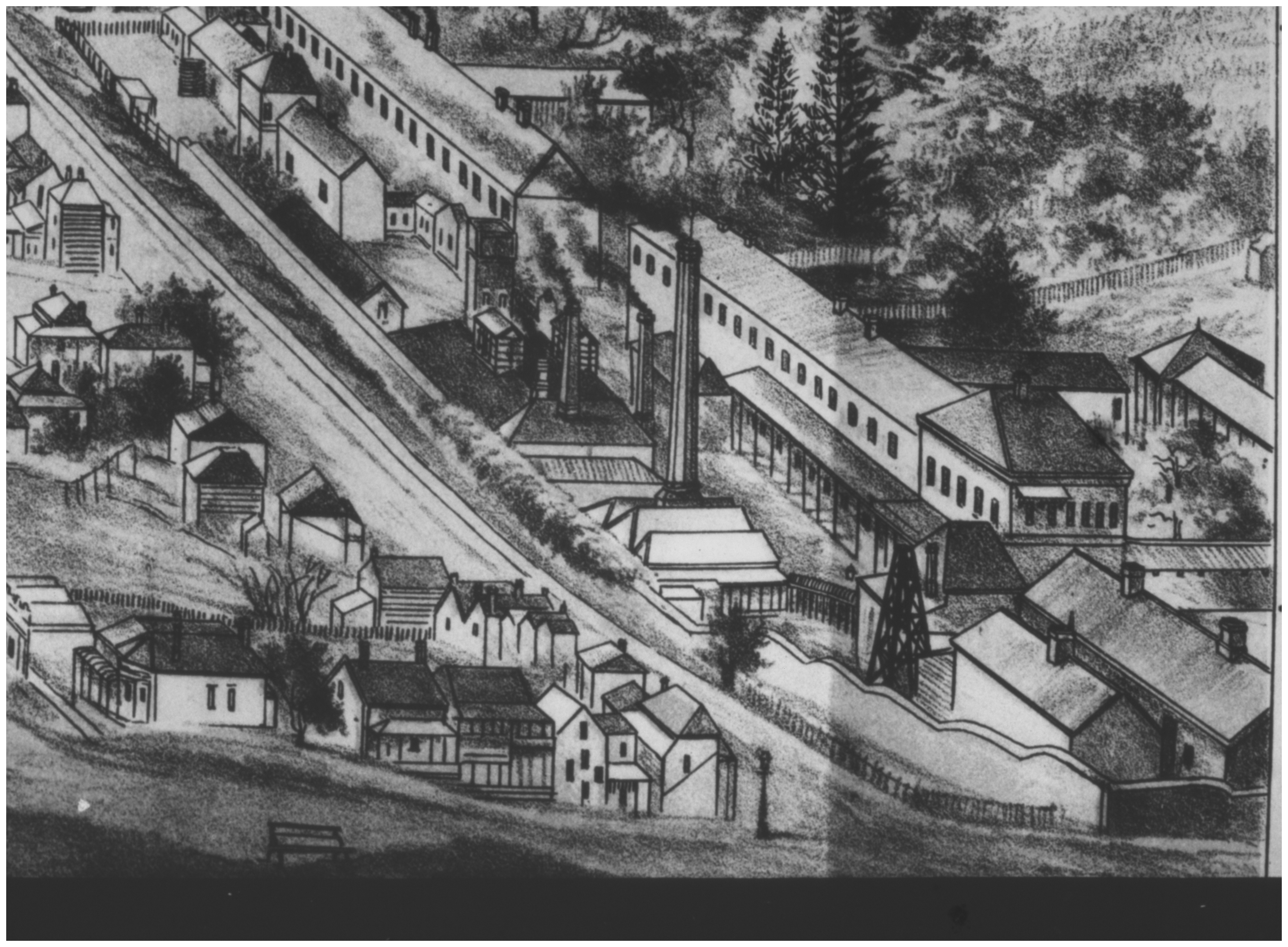





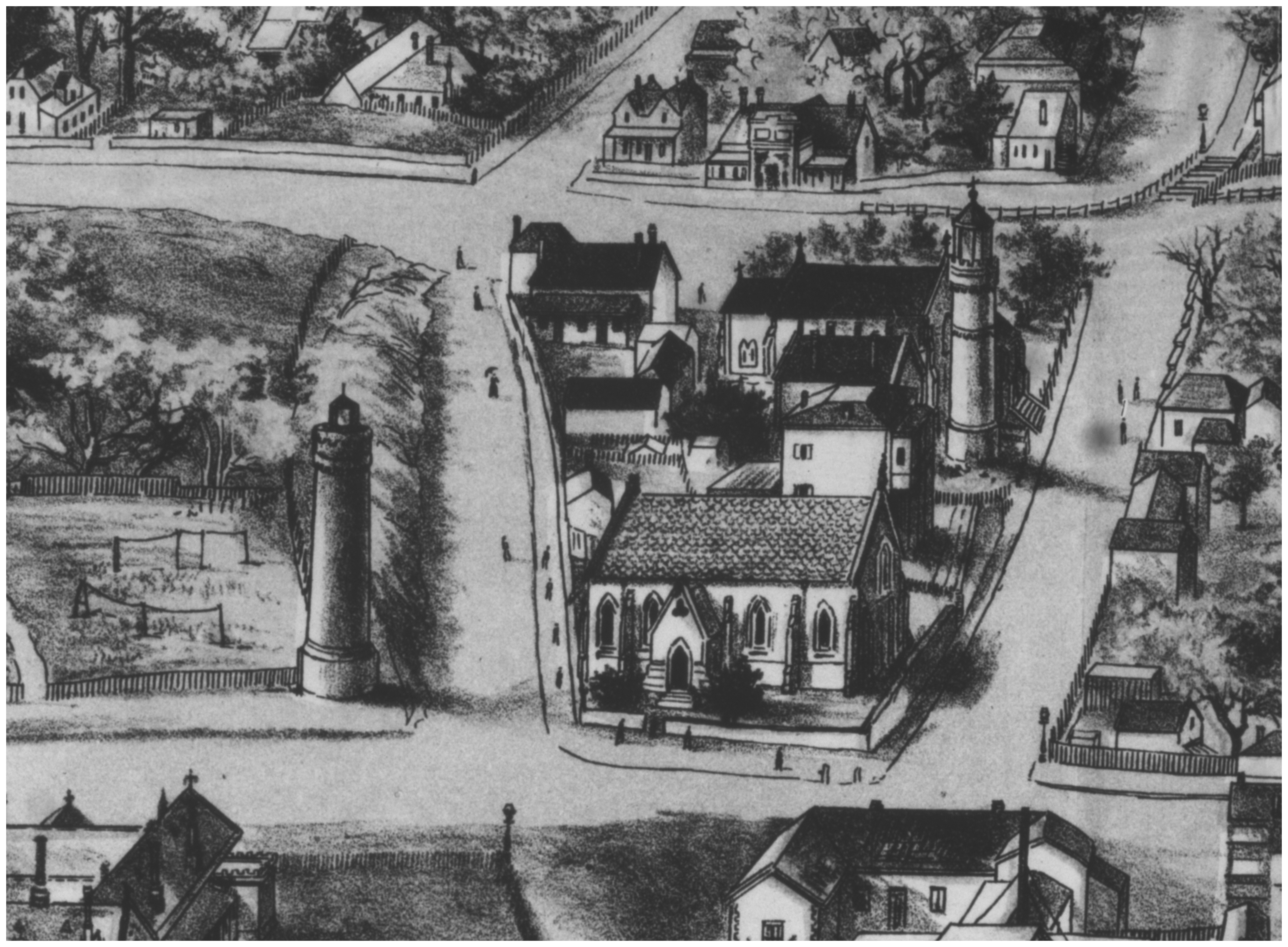



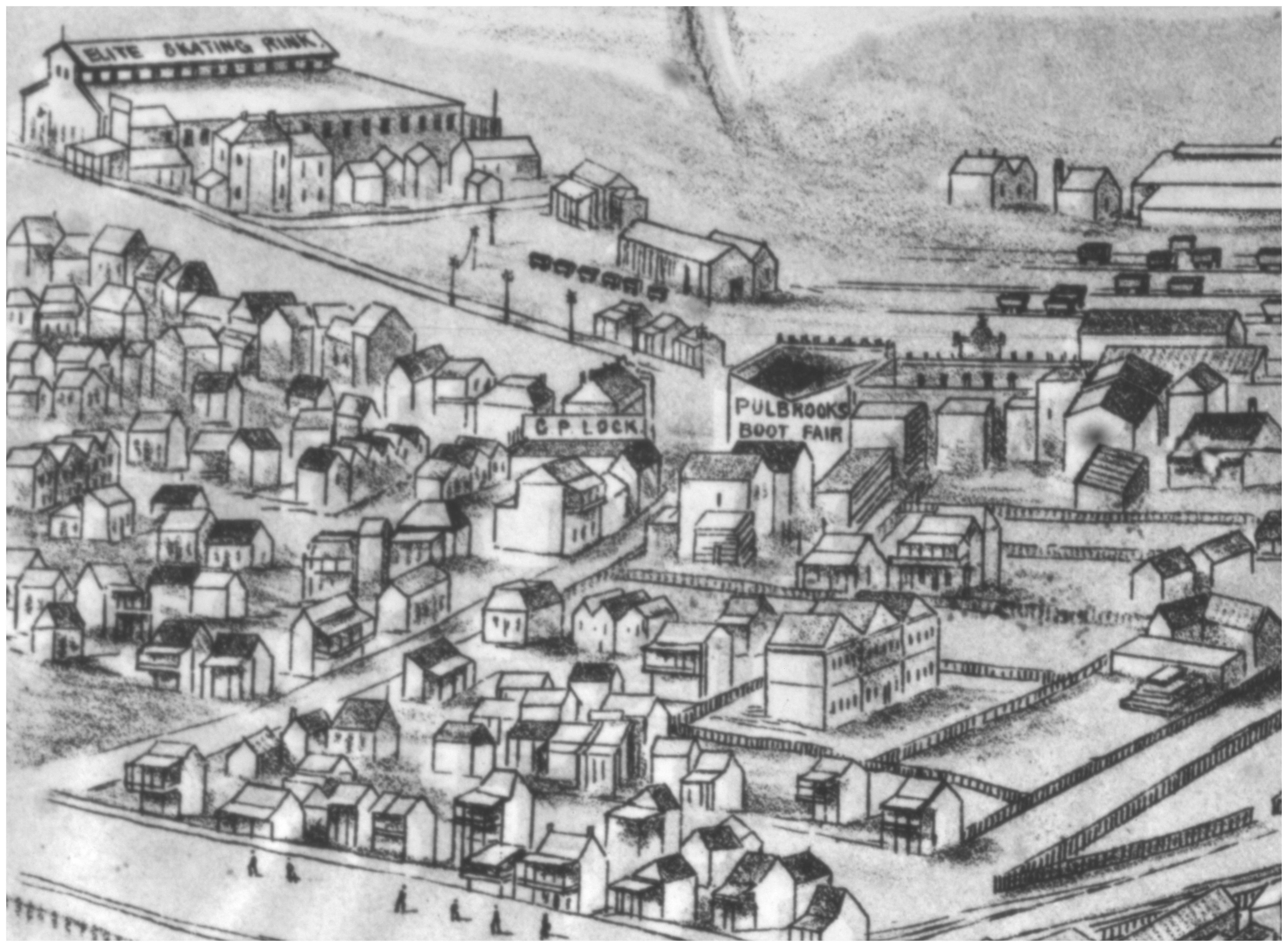







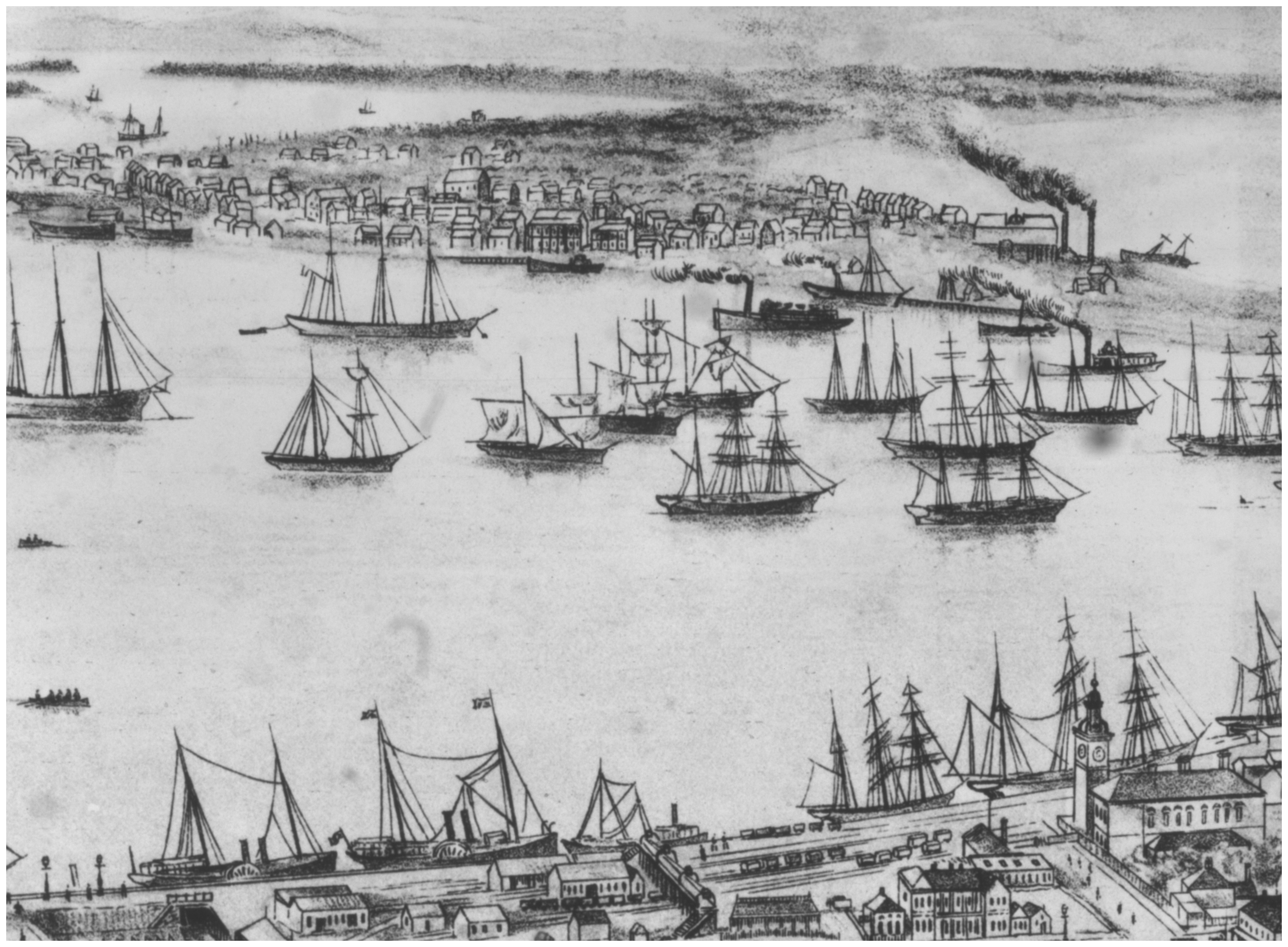
2 thoughts on “Newcastle in 1889 (Illustrated Sydney News 27 June 1889)”